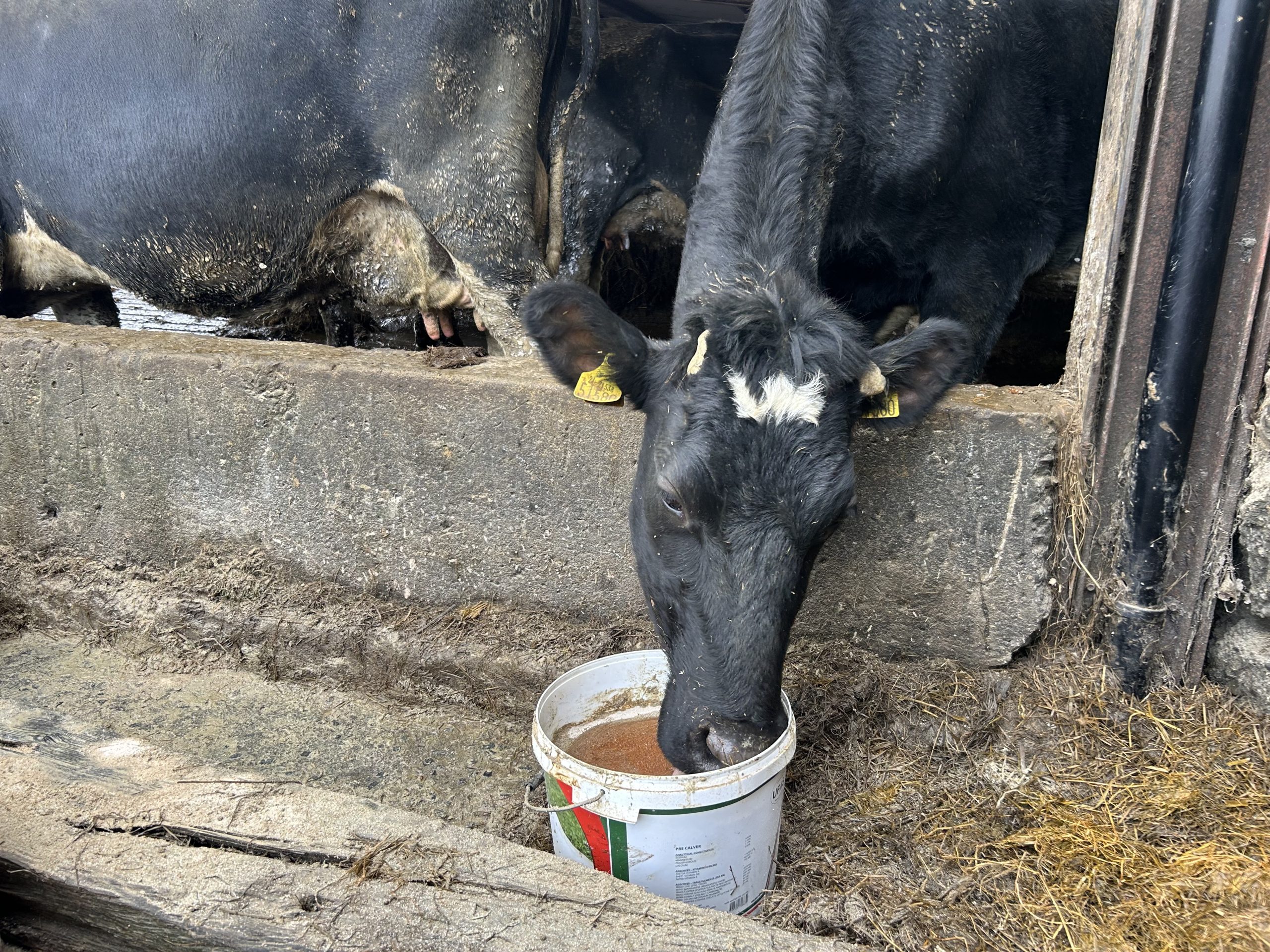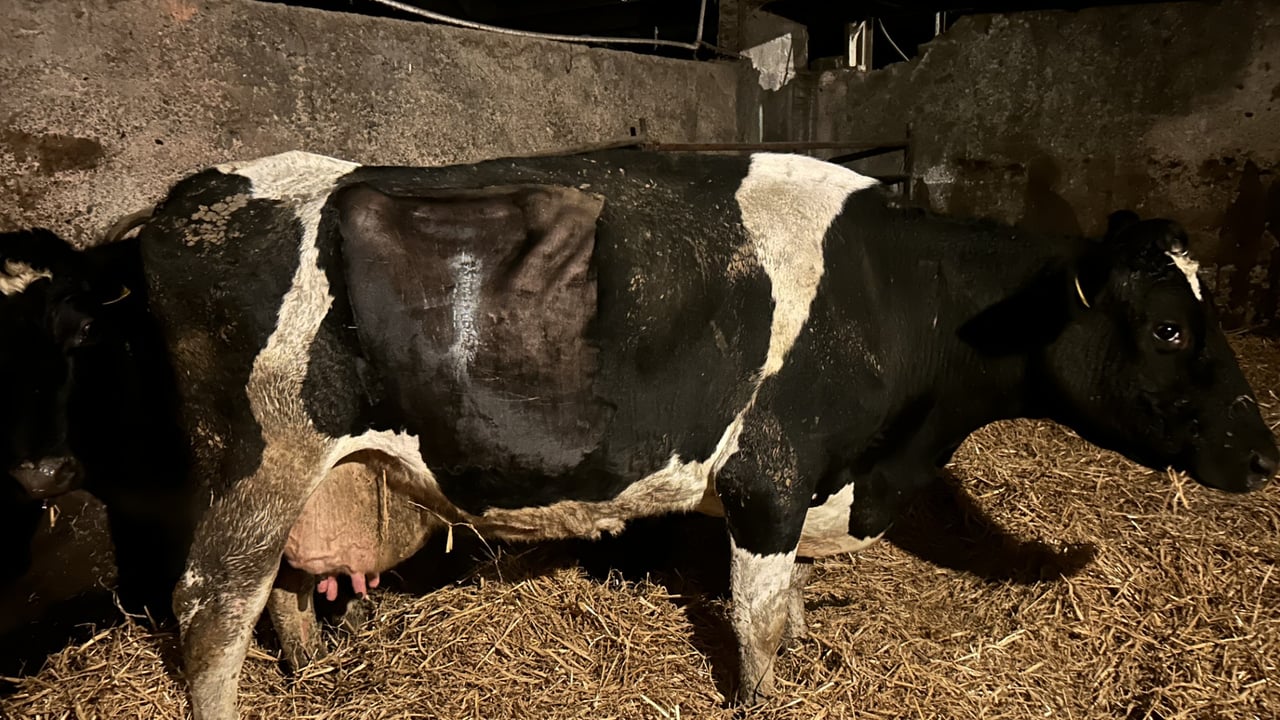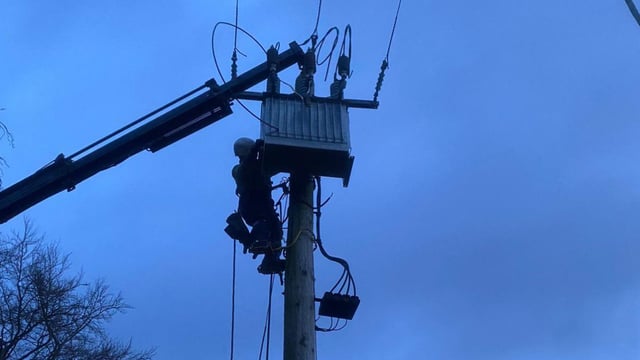Spring calving: What are the signs of displaced abomasum?
It is not uncommon for displaced abomasum (DA) to occur during the calving season, and it can have serious consequences for farms in regards to treatment, premature culling, and production loss.
The condition commonly occurs in the first three to four weeks after calving and can be avoided through good management practices in the lead-up to calving and post-calving.
The abomasum is the cow's fourth chamber in the stomach, and is known as the true stomach of the cow.
Left displacement of the abomasum (LDA) accounts for 80-90% of all displacements. It occurs when the abomasum moves to the left of its normal position, getting stuck between the rumen and the left abdominal wall.
When this happens, the abomasum stops contracting and turning over its contents, causing an accumulation of gas in the abomasum and pushing it up the abdomen.
The other 10-20% of cases are right displacement of the abomasum (RDA) where the abomasum moves to right of its normal position.
RDA is the more serious case of DA, as the abomasum can become twisted upon itself, resulting in more severe clinical signs consistent with abdominal pain.
RDA is a far more serious condition than LDA, with the chances of recovery from RDA slimmer.
The exact cause of DA is unclear, but is closely related to inadequate nutrition and can cause a loss of appetite, a drop in milk yield, a reduction in rumination, and milk diarrhoea.
When a cow is in-calf, the abomasum is displaced from its normal position by the expanding uterus, but once the cow calves, the abomasum is free to move back to its normal position.
If the abomasum does not return to its normal position, it results in a displaced abomasum.
Using poor quality feed can cause problems prior to calving as it is important that cows have sufficient nutrients that are readily absorbed and provide sufficient rumen fill.

It is also crucial for cows to be calving down in the correct body condition score (BCS). Cows calving with a BCS of over 3.5 will have a higher likelihood of getting ketosis.
Ketosis is a negative energy balance post-calving, and is when the cow is mobilising excess body fat to meet the demands of milk production.
Sub-clinical and clinical ketosis increases the risk of DA through an unknown mechanism that may be associated with decreased rumen fill.
Cows should be monitored pre-calving to avoid over-conditioning from occurring and to make sure that when they calve down, that there is enough feed space, quality forage, and that concentrates are slowly increased after calving.
A cow with a right displaced abomasum (RDA) can display severe symptoms, such as colic, elevated heart rates, scant faeces, and diarrhoea.
Decreased milk yields and cows going off their feed are generally the first signs of an issue for many farmers.
For cases of LDA, rolling the cow can help move the abomasum back into its normal position and can be effective if it is done early, but 50% of cases will relapse from this method.
The vet can also use a toggle in conjunction with this method, which involves passing the toggle through the skin to the abomasum to anchor the abomasum in the correct position.
For RDA and many cases of LDA, surgery is the best choice for treatment as it reduces the risk of recurrence and allows for the assessment of the condition of the abomasum.
On the farm at home, we had a cow that had RDA and upon assessment from our local vet, it was recommended to bring the cow up to the veterinary lab in UCD.
The cow spent the night in UCD and was operated on, before coming back to the farm fully recovered and back producing milk and eating concentrates within five days.
We realised the issue after noticing leftover concentrates in the trough, which is easy to spot in parlours where individual troughs are in use.
Cows that are showing symptoms need to be seen by a vet to determine if ketosis or a displaced abomasum is to blame.
Your vet will be able to determine if a displaced abomasum is the issue by using their stethoscope to listen for the presence of a ‘pinging’ noise. This noise is caused by the gas-filled abomasum.





